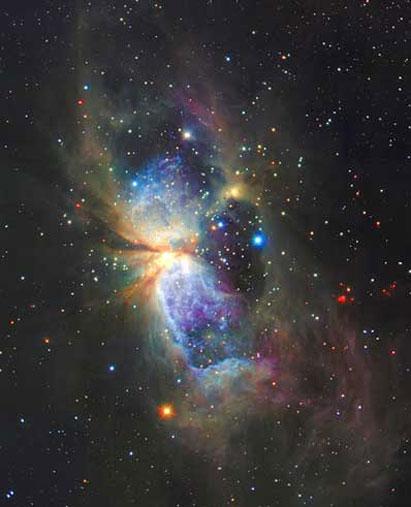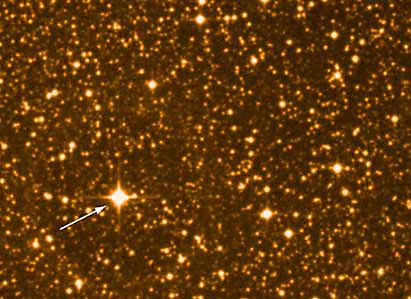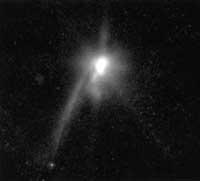Cradle of stars
2001/02/19 Elhuyar Zientzia

The Subaru telescope at the National Astronomy Observatory of Japan has observed a star-birth zone (S 106) thanks to infrared waves. When analyzing the image obtained, they have seen objects of less mass in this area than traditional stars.
Thanks to the rigor of the images obtained by infrared, they have been able to see with great precision the structure of the nebula. In addition, the differences between the light emitting and reflecting are very noticeable. On the other hand, in the images taken by the Hubble Telescope with visible light, detail is barely visible, since the trash in the environment absorbs visible light.
This new image has detected hundreds of low-mass objects that have not been observed until now. The combustion of the core of the common stars generates hydrogen that makes them bright. But since the mass of these objects is 0.08 times smaller than that of the sun, the gas escapes, they think they can be young brown dwarfs.
The mass of light and weak objects appearing in the image is somewhat greater than that of Jupiter. If they orbit around a star they would be planets, but those free objects cannot be called planets. Therefore, astronomers have called them "small floating objects".
The observation with the Subaru telescope has made it clear that with normal stars many light objects are born, but it is not known what the birth mechanism is.

Gai honi buruzko eduki gehiago
Elhuyarrek garatutako teknologia






